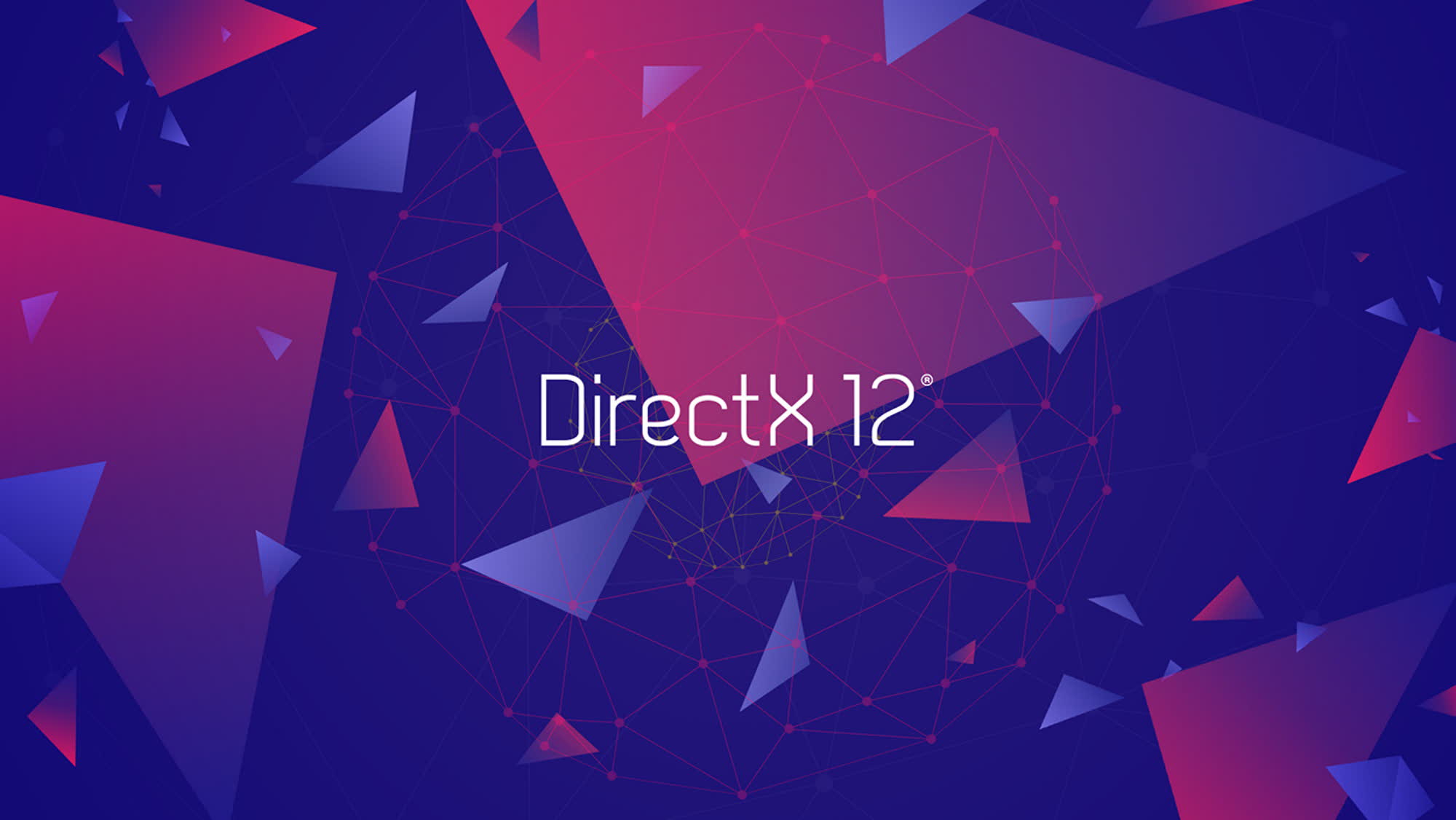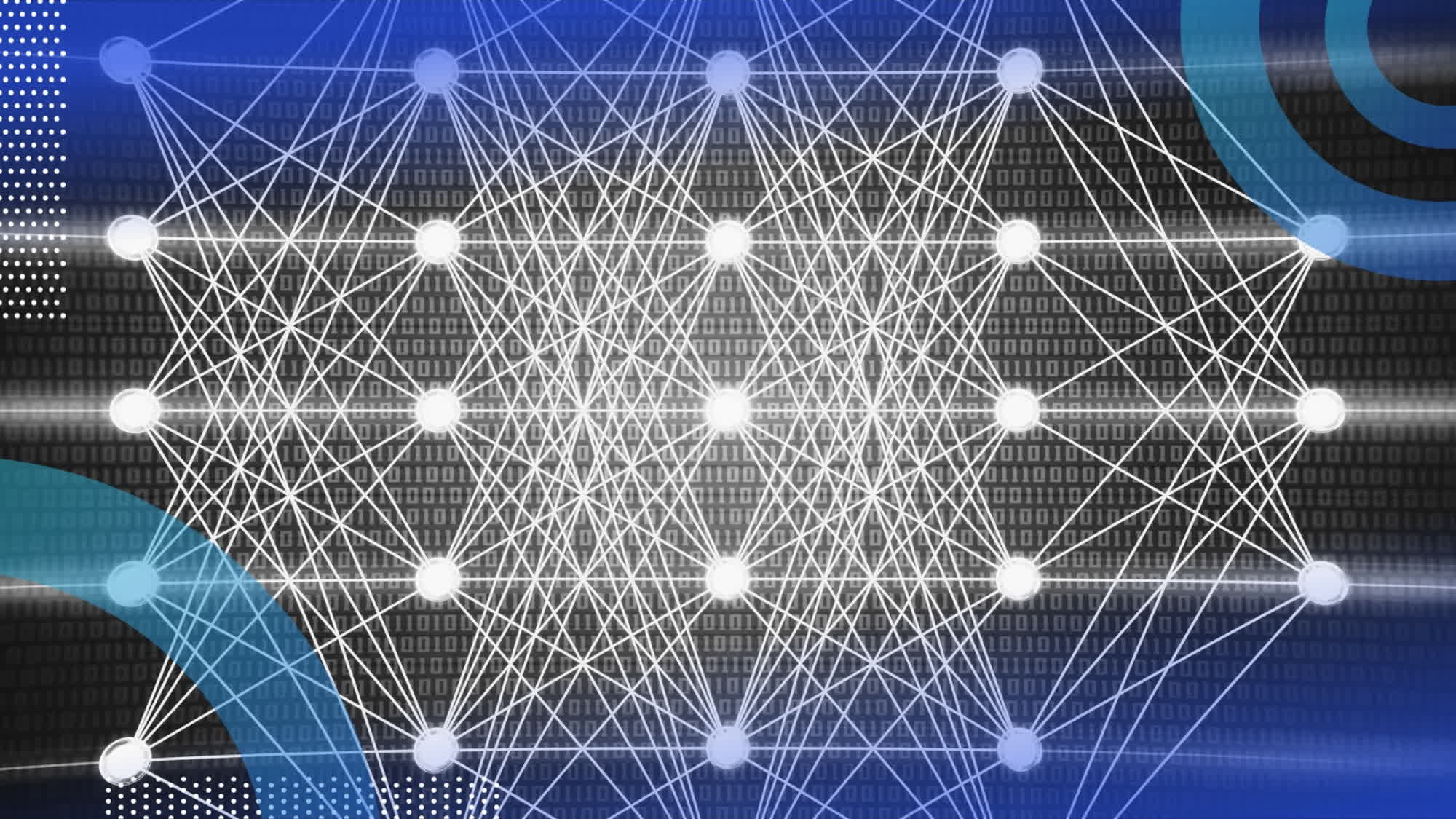Forward-looking: Microsoft first introduced DirectX alongside Windows 95 as an incentive to drive game developers to support the new GUI-based operating system. The company has never stopped improving the collection of application programming interfaces since 1994, and is currently working to integrate the latest AI technologies.

Microsoft recently announced what could be the next major development in the history of DirectX. The High-Level Shader Language (HLSL) team is currently working with major GPU and SoC manufacturers to bring support for neural rendering technology in the company's APIs for 3D graphics, which Microsoft described as a significant evolution in what's possible with real-time graphics.
Redmond defines neural rendering as a suite of techniques capable of leveraging artificial intelligence, machine learning algorithms, and models to evolve traditional graphics pipelines. Cooperative vectors are the core element of these new neural rendering methods, and they should soon become part of the DirectX API suite for cross-platform game development.
Cooperative vectors are useful for accelerating AI workloads for real-time rendering, which in turn will improve the performance of neural rendering techniques. Cooperative vectors optimize the matrix-vector operations that are usually required in large quantities for AI training, fine-tuning, and inferencing, Microsoft explained.

The new tech can also make AI tasks run during different stages of the shading process, so a smaller neural network can run in a pixel shader process without needing the entire GPU's computational power. Microsoft promises a seamless integration of neural graphics rendering in DirectX applications, with access to hardware-based AI accelerators on multiple platforms.
The HLSL team is working on cooperative vector support in DirectX with AMD, Intel, Nvidia, and Qualcomm, which should provide enough cross-platform compatibility for the new solution. The most significant results will likely come to Xbox and PC platforms first and foremost.
The HLSL technology is a proprietary shading language designed to improve shader adoption in the latest versions of the DirectX APIs.
Microsoft praised the cross-vendor support for cooperative vectors in the DirectX ecosystem. The company also said that the new neural rendering techniques will unlock the power of Tensor Cores with neural shading available in the recently introduced Nvidia Blackwell GeForce GPUs. Nvidia explained that neural rendering will leverage small neural networks to greatly improve gaming graphics, though you will likely need to purchase a GeForce RTX 50 GPU to access this next-gen tech.
Microsoft DirectX embraces neural rendering for next-gen graphics